In the world of men's 15th century outfits, the velvet doublet stands as a beacon of noble elegance. This garment didn't merely keep one warm; it announced your status and taste to all who beheld it. ...
Juno Fits
CreatorMen's 15th Century Outfit: Unveiling Timeless Fashion with Flair
0
#Mens 15th century outfit#Scene Ready
Products
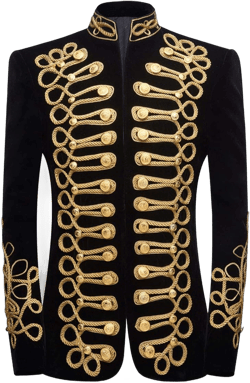
Mens Stylish Court Prince Black Velvet Gold Embroidery Blazer Suit Jacket XX-Large Black Gold
PYJTRL$149.99
(128)
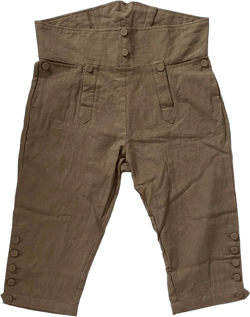
Colonial Linen Breeches
Unknown$64.90
(128)
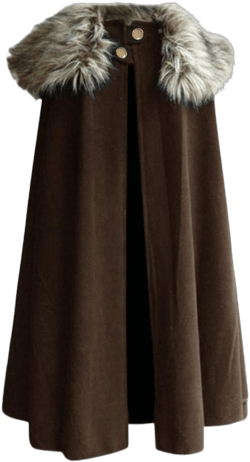
Cloak Coat for Men, Mens Winter Warm Gothic Wool Faux Fur Collar Long Cape Cloak Vintage Coat Irregular Hem Hoodie
baskuwish$36.99
(128)
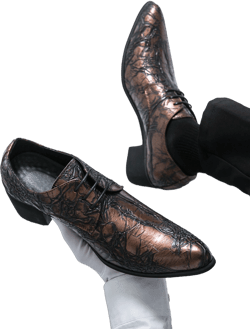
Men's Fashion Pointed Toe Lace-Up High Heel Casual Leather Shoes Suitable For Business, Social Events, Dances, Weddings
Unknown$31.40
(128)
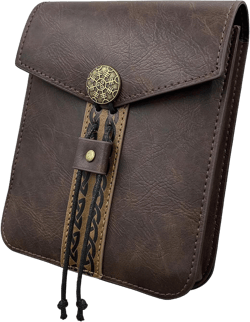
Renaissance Belt Pouches for Men Leather Belt Pouch Medieval Belt Bag for Men Viking Belt Bag Vintage Waist Bag Brown
OhMill$9.79
(128)

2 pack leather belt keepers+1 solid brass buckles keychains,leather belt keepers for men and women (Brown)
通用$12.99
(128)
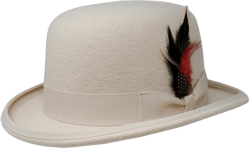
Different Touch Men's 100% Wool Felt Derby Bowler with Removable Feather Fedora Hats
Different Touch$49.99
(128)

